
Kerrin O’Brien of the Michigan Recycling Coalition takes part in a workshop at the 2018 Resource Recycling Conference.
The ninth-annual Resource Recycling Conference has kicked off, tackling high-interest topics at a critical juncture for the North American recycling industry.


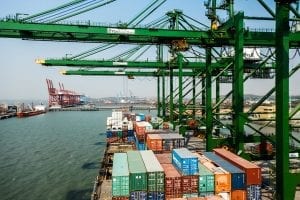 Another major importer of recyclables in Asia is drafting policy to reshape its relationship to materials recovery. But this time, the move could actually be a boon to exporters.
Another major importer of recyclables in Asia is drafting policy to reshape its relationship to materials recovery. But this time, the move could actually be a boon to exporters.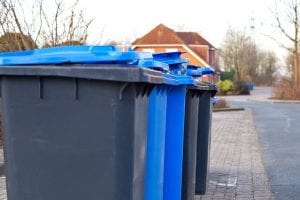 Toronto-based GFL Environmental has entered a merger agreement with Raleigh, N.C.-headquartered Waste Industries.
Toronto-based GFL Environmental has entered a merger agreement with Raleigh, N.C.-headquartered Waste Industries.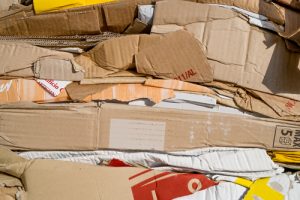 A major Chinese paper company will add recycled pulp production lines at two U.S. virgin fiber mills it purchased earlier this year, and both will consume mixed paper and OCC.
A major Chinese paper company will add recycled pulp production lines at two U.S. virgin fiber mills it purchased earlier this year, and both will consume mixed paper and OCC. Decades ago, Michael Patton was among the first activists to push for recycling in Tulsa, Okla. A self-described “green gospel person,” he preached recycling and environmentalism to various groups and civic leaders.
Decades ago, Michael Patton was among the first activists to push for recycling in Tulsa, Okla. A self-described “green gospel person,” he preached recycling and environmentalism to various groups and civic leaders.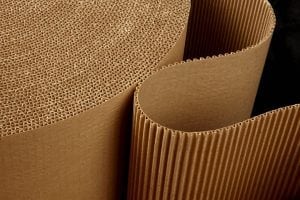 An idled Washington newsprint mill will reopen to produce containerboard from recycled feedstock.
An idled Washington newsprint mill will reopen to produce containerboard from recycled feedstock.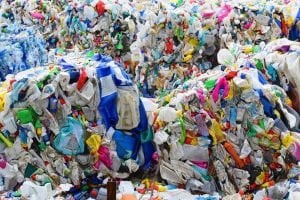 Public and private entities regularly sample waste streams to glean data on the plastics that could be captured for recycling. Now, guidelines have been developed to standardize the process so results can be compared.
Public and private entities regularly sample waste streams to glean data on the plastics that could be captured for recycling. Now, guidelines have been developed to standardize the process so results can be compared.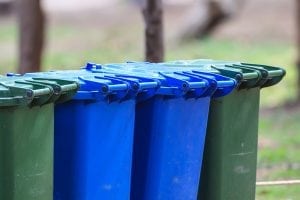 The Continuous Improvement Fund (CIF) recently looked into the efficiency of using collection-vehicle drivers to pick out contamination and other approaches that could lead to cleaner streams of recyclables.
The Continuous Improvement Fund (CIF) recently looked into the efficiency of using collection-vehicle drivers to pick out contamination and other approaches that could lead to cleaner streams of recyclables.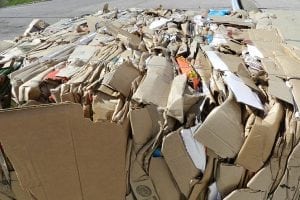 OCC prices have remained stable for several months now, bringing some calm to what has been a wildly fluctuating market. But a supply glut may be preventing prices from climbing back up.
OCC prices have remained stable for several months now, bringing some calm to what has been a wildly fluctuating market. But a supply glut may be preventing prices from climbing back up.